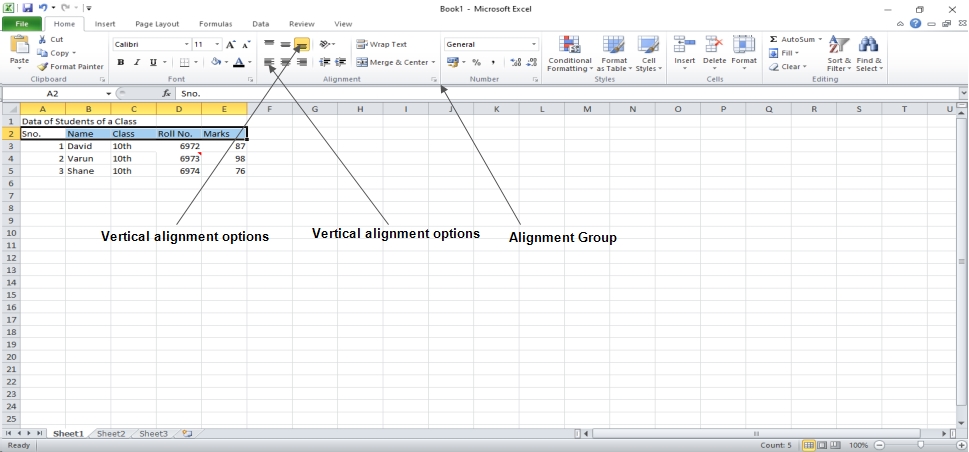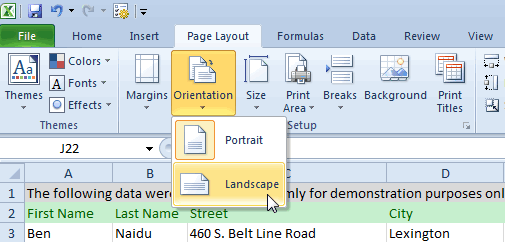

Column headings are the letters or numbers that appear above the columns on a sheet. Row headings are the row numbers to the side of the sheet. These lines will not print unless Print is also checked. Show the lines between rows and columns in the sheet to make editing and reading easier.

View the formula bar, in which you can enter text and formulas into cells. View the rulers, used to measure and line up objects in the document. View a preview of where pages will break when this document is printed. Use this view to see where pages begin and end, and to view any headers or footers on the page.

View the document as it will appear on the printed page. You can also replace the information with new text or formatting. Depending on the type of document, you can navigate to a specific page number, line number, footnote, table, comment, or other object.įind and select specific text, formatting, or type of information within the document. Navigate to a specific place in the document. You can fill cells in any direction and into any range of adjacent cells.ĭelete everything from the cell, or selectively remove the formatting, the contents, or the comments.ĭelete cells, rows, or columns from the sheet or table. Mark a specific area of the sheet for printing.Ĭut the selection and put it on the Clipboard.Ĭlick here to copy the selection and put it on the clipboard as a picture.Ĭlick here for more options such as pasting only the values or formatting.Ĭontinue a pattern into one or more adjacent cells. Print the lines between rows and columns in the sheet to make reading easier.

Specify rows and columns to repeat on each printed page. Page breaks are inserted above and to the left of the selection.Ĭhoose an image to display as the background of the sheet. Specify where a new page will begin in the printed copy. To apply a specific paper size to all sections in the document, click More Paper Sizes. Switch the pages between portrait and landscape layouts.Ĭhoose a paper size for the current section. Select the margin sizes for the entire document or the current section. Show the Page tab of the Page Setup dialog box. View your web pages inside your default browser.
How to change text direction in excel 2010 windows#
Save the current layout of all windows as a workspace so that it can be restored later. Classic Menu for Office Home and Business.Classic Menu for Office 2007 Applications.Other paste options are included in our advanced Microsoft Excel courses. It’s a really simple tool that can save significant time and allow you to develop your worksheets without having to redesign everything if you decide to switch rows, to columns. You can use the Transpose option to paste Horizontal data to the Vertical using the same method. Tip: You can also access the Transpose option, by right clicking when you have selected the new destination cell, and you can select Transpose icon from the Paste Special menu. Select the Transpose option and click ok…and your vertical data is now across the top row The vertical data is now pasted across the top row. The transpose option is on the second row, last icon. Select the Paste button, but click on the down arrow – and a pop up menu of choices appears (these are your Paste Special options). Find the cell you want to insert the data, and then click on it to select. Just click and drag to select the text, and then Control + C to copy it. In this case months of the year can be used as a simple example. To change vertical data in a column to horizontal data in a row: There are lots of pasting options – here is a quick example of how the Transpose option works. One way to achieve this would be by cutting and pasting individual cells. Sometimes when setting up a worksheet you may realise that it would be better to put your column data into a row. Easily copy & paste using the Transpose option


 0 kommentar(er)
0 kommentar(er)
